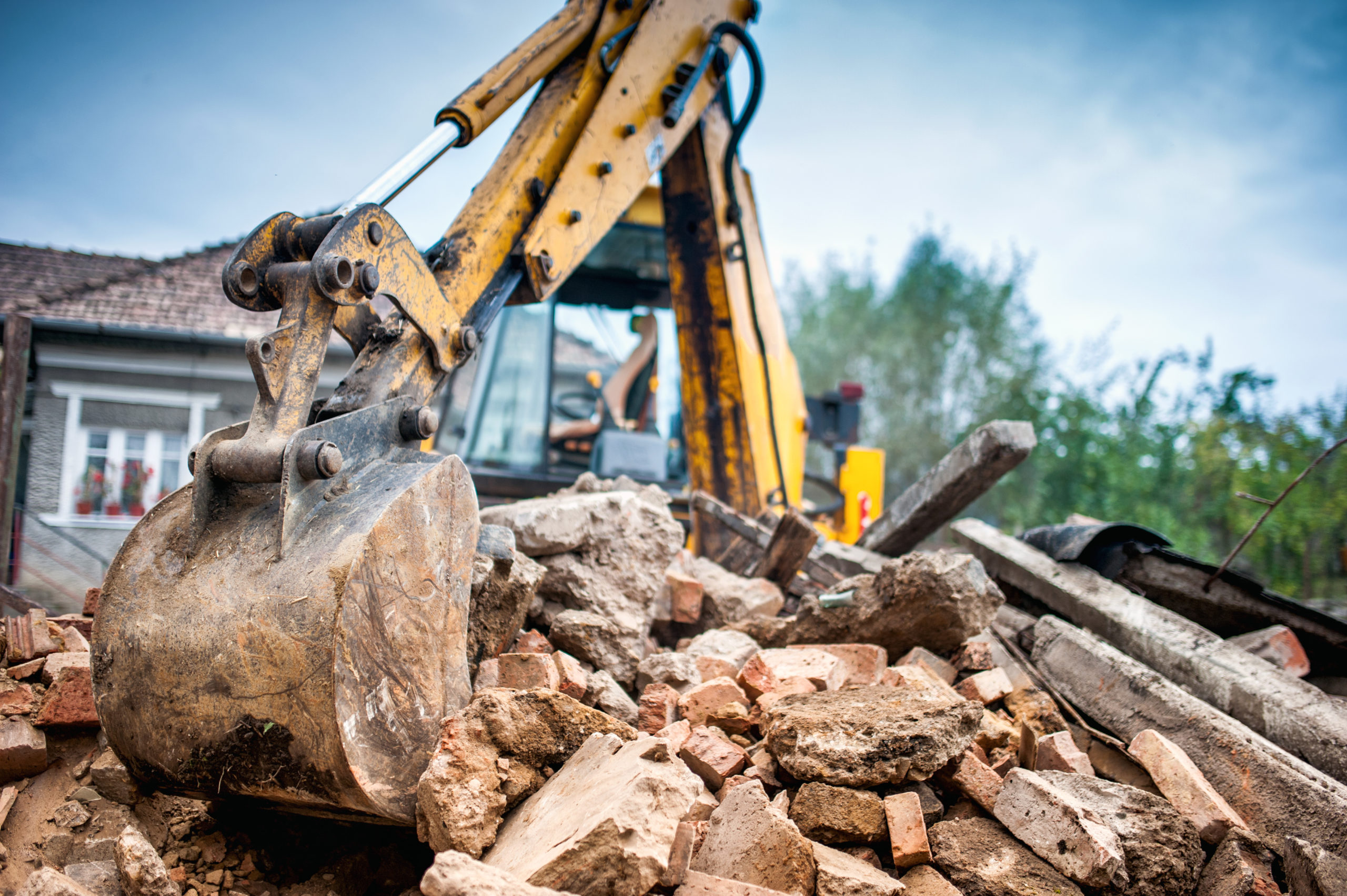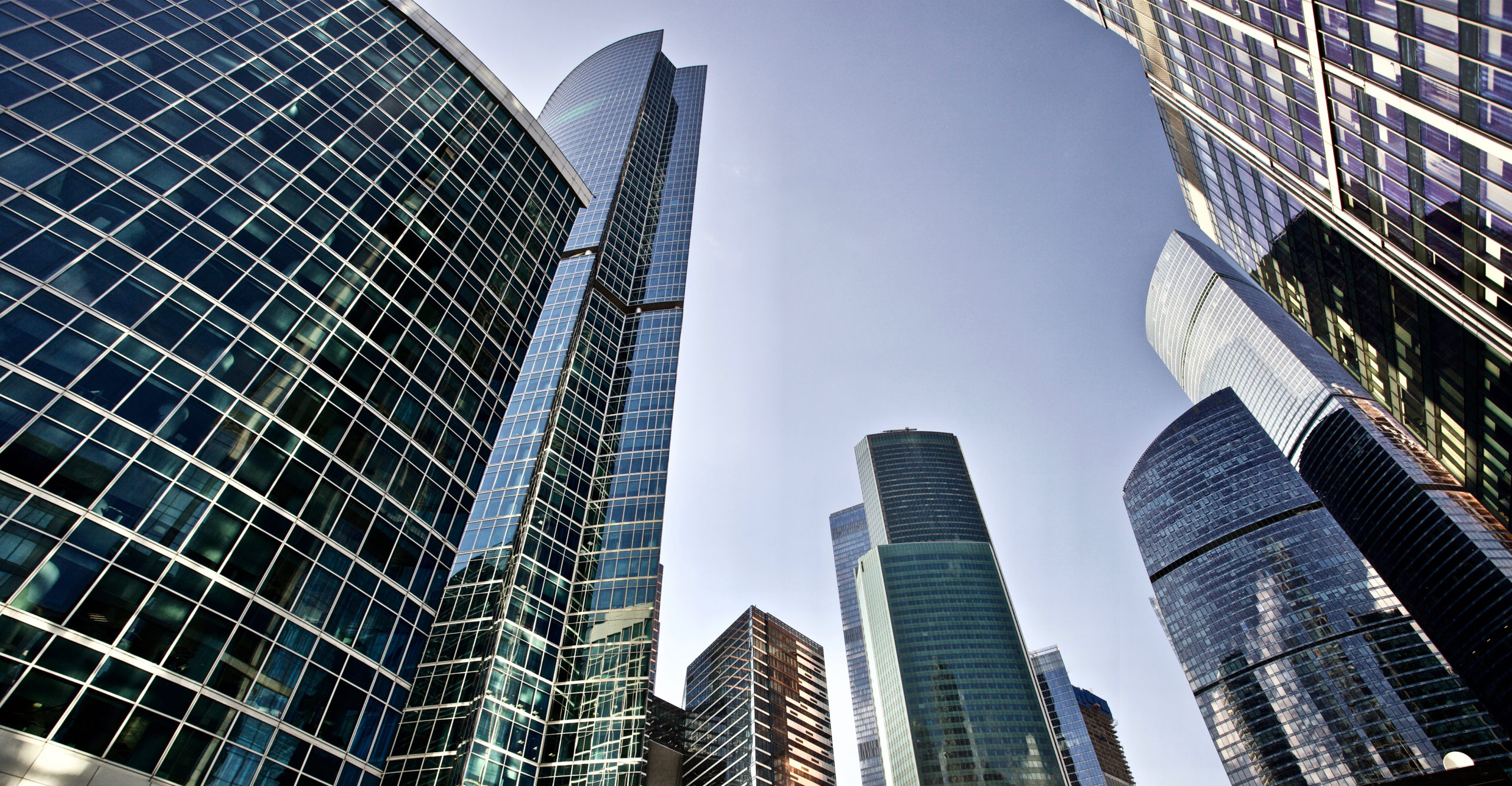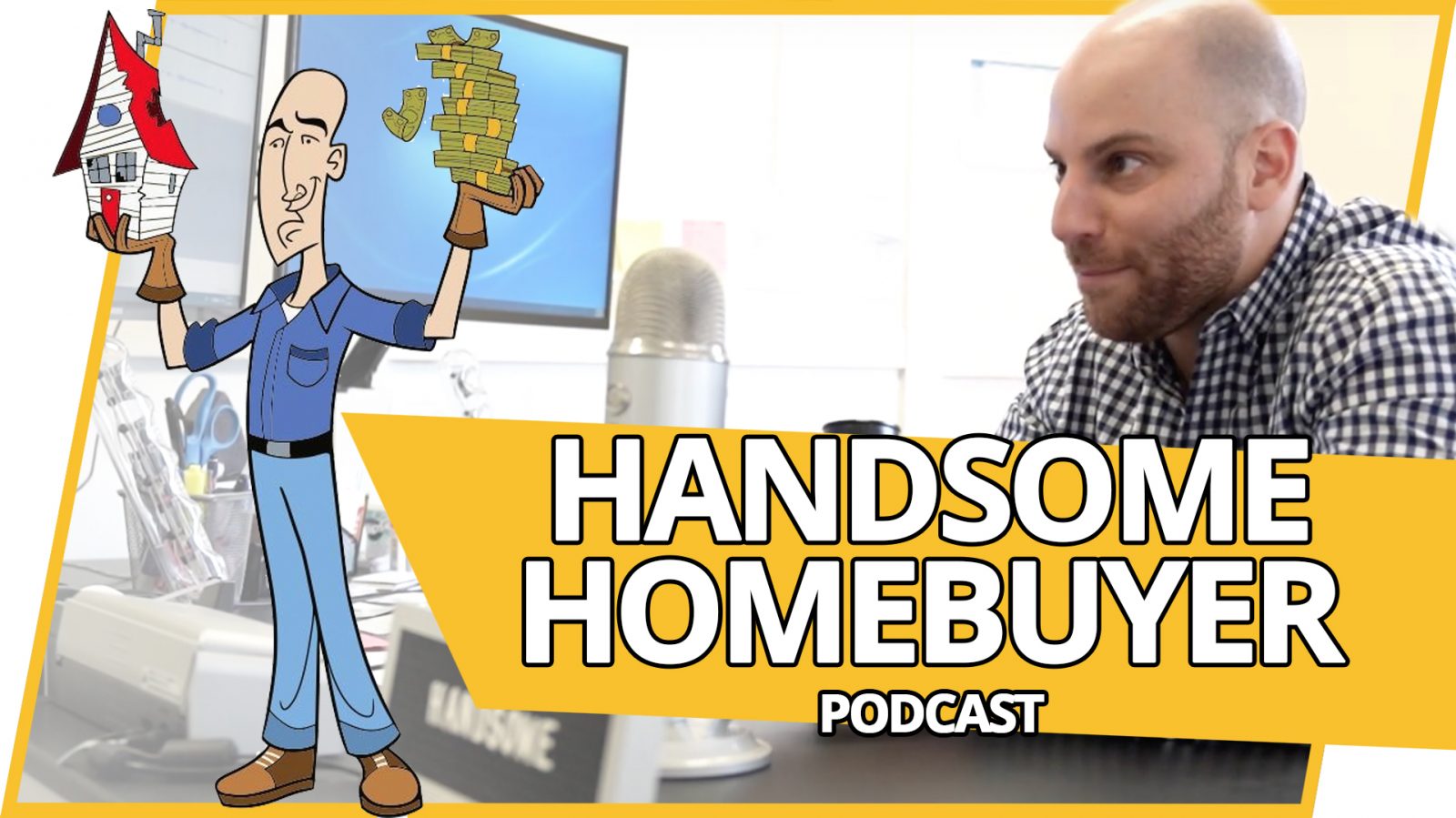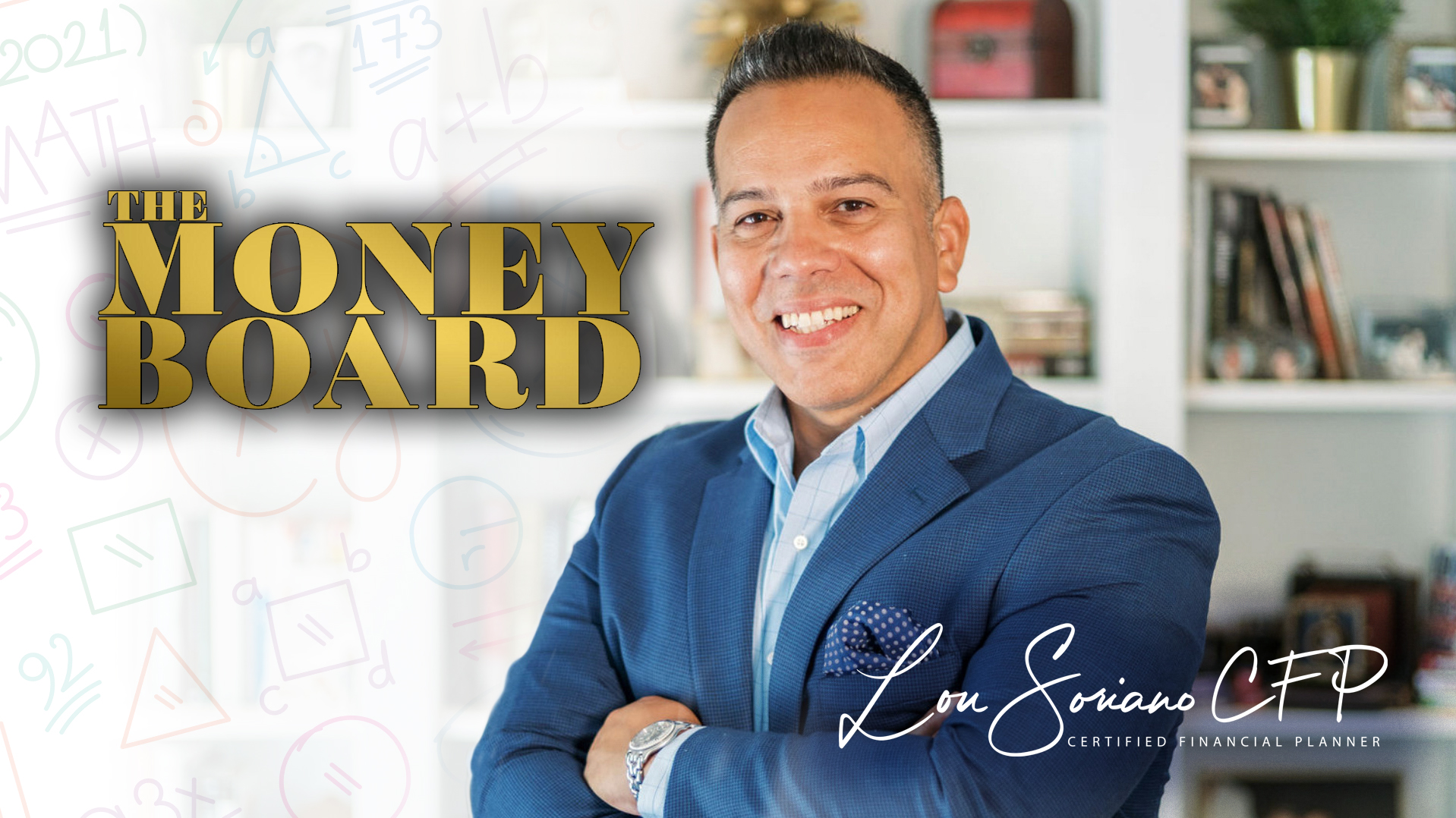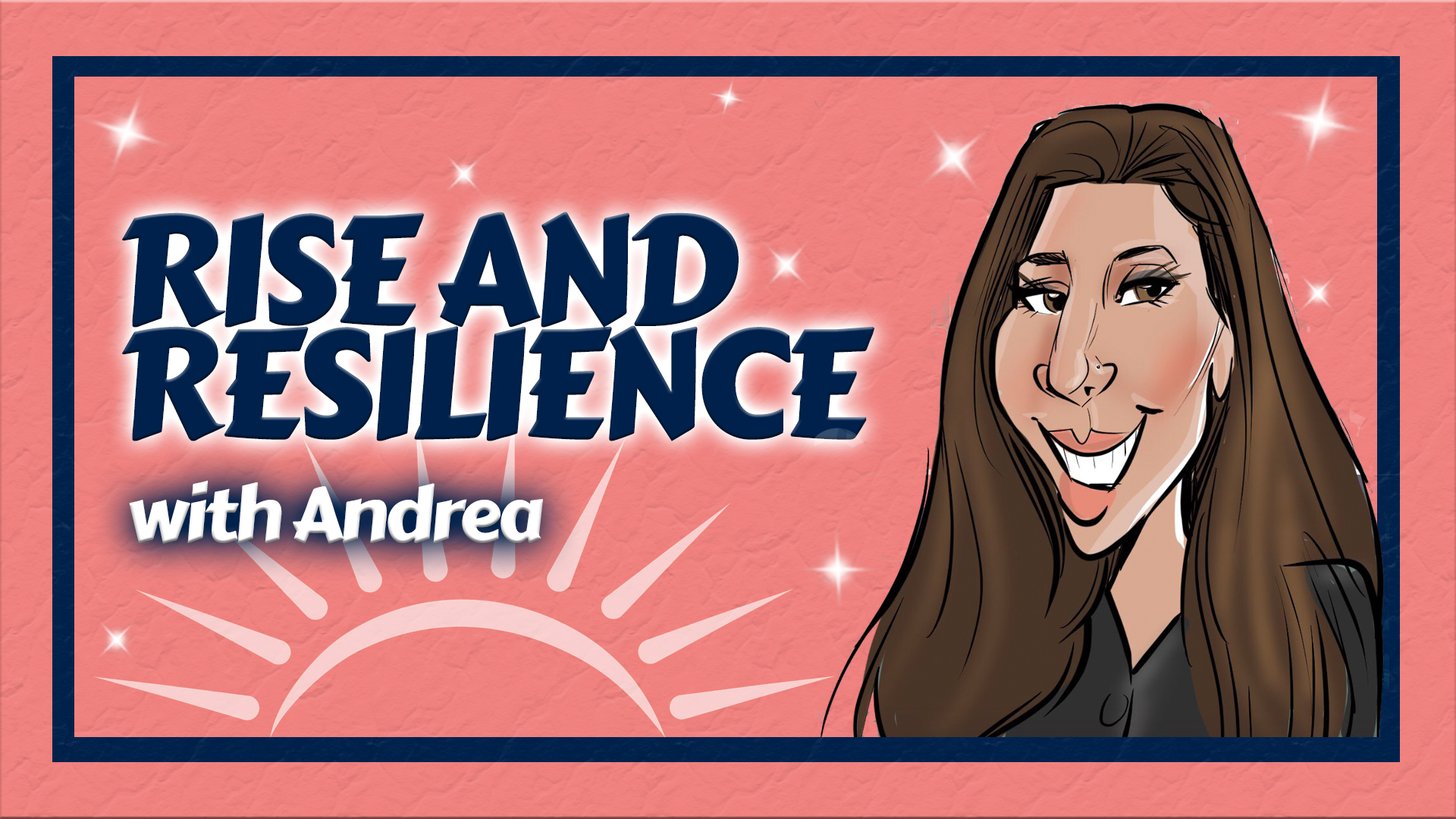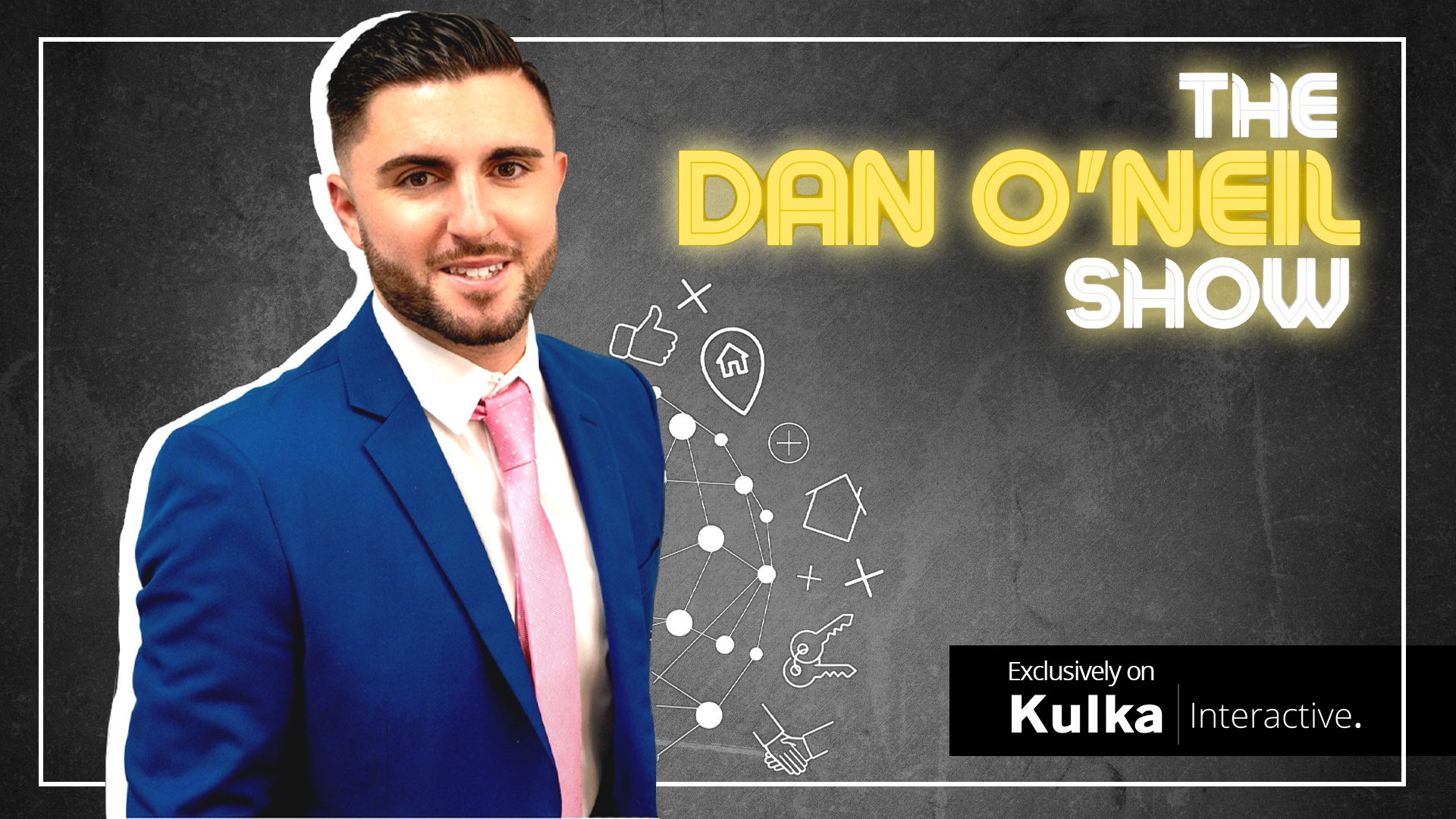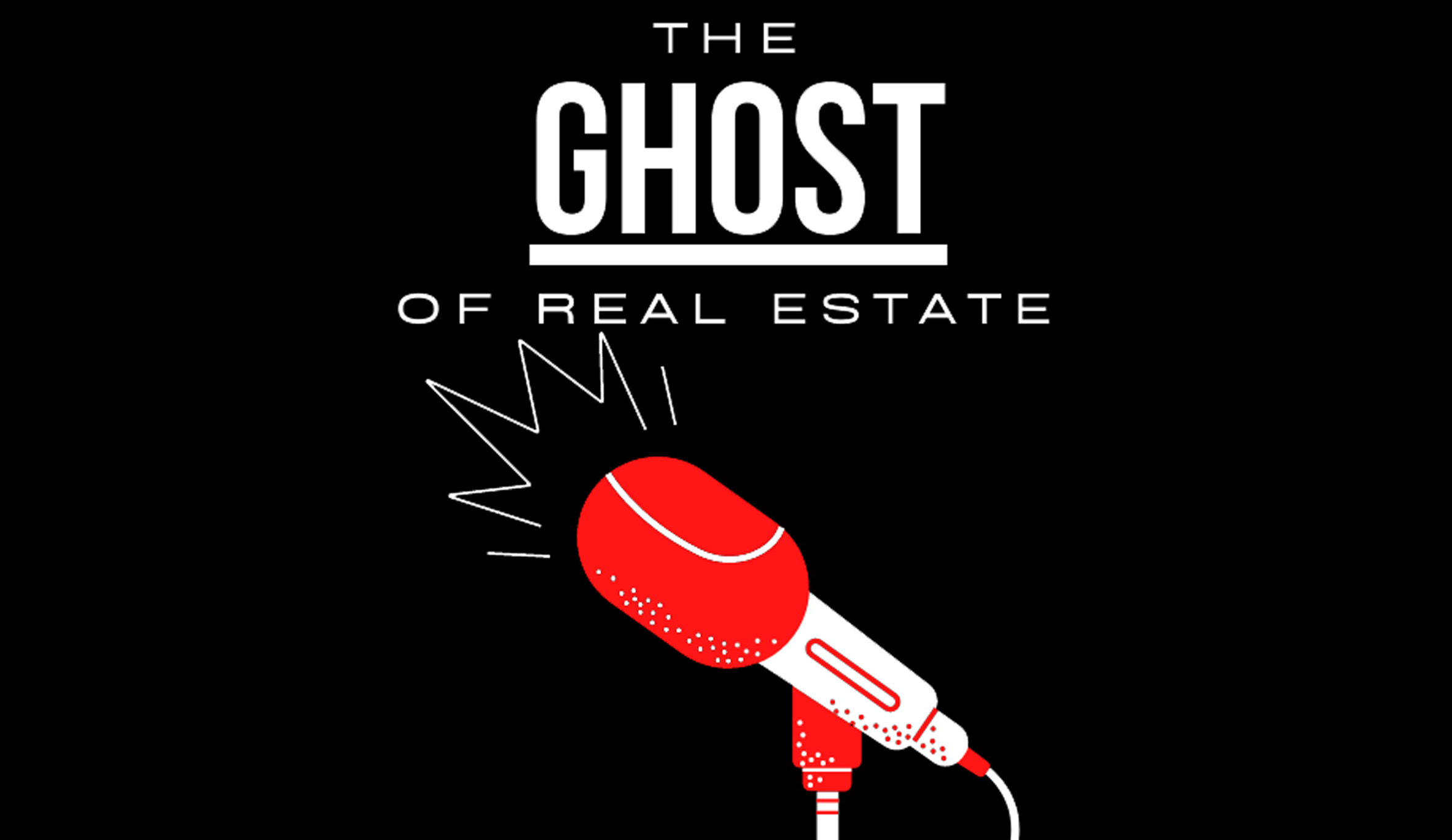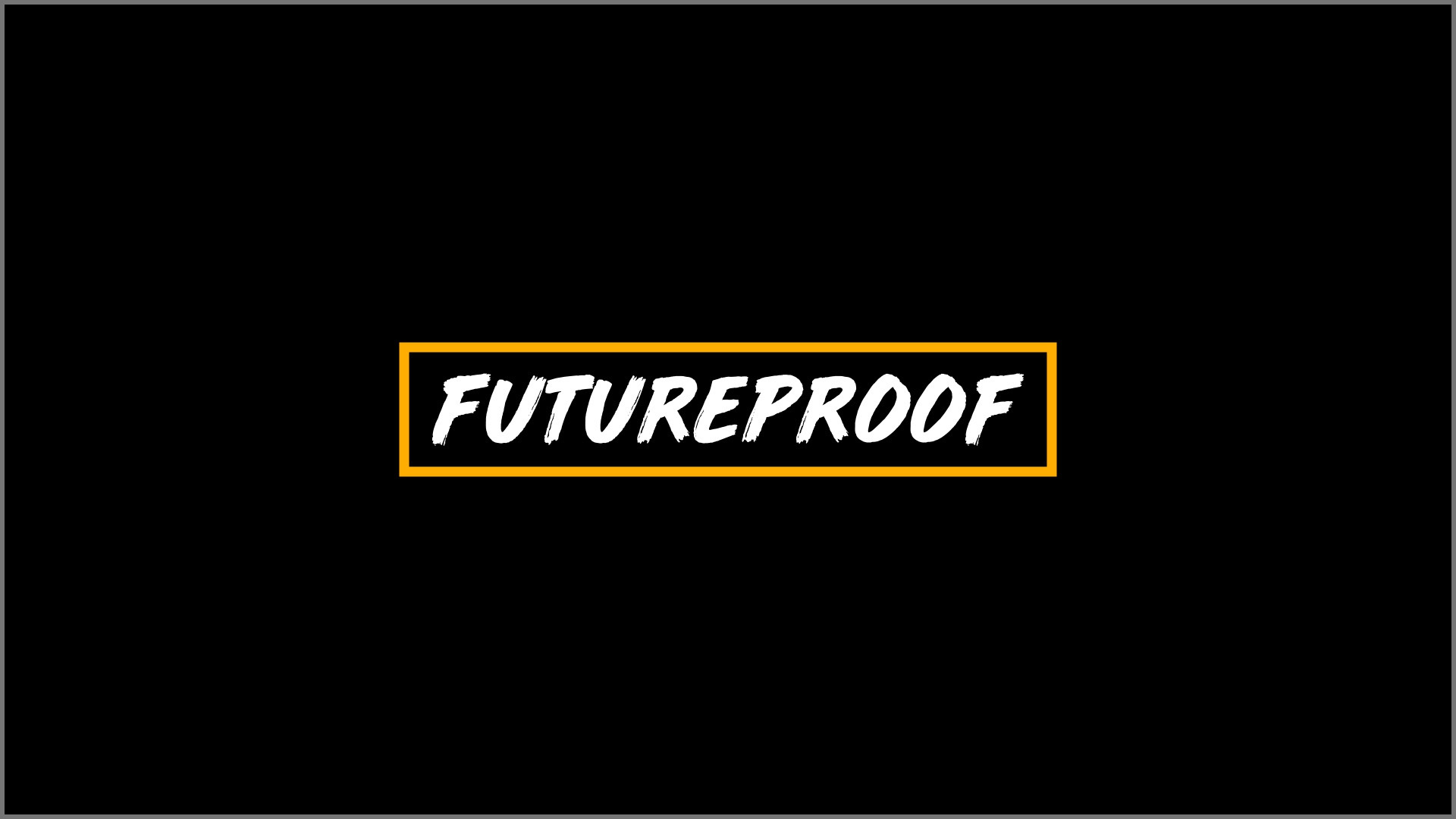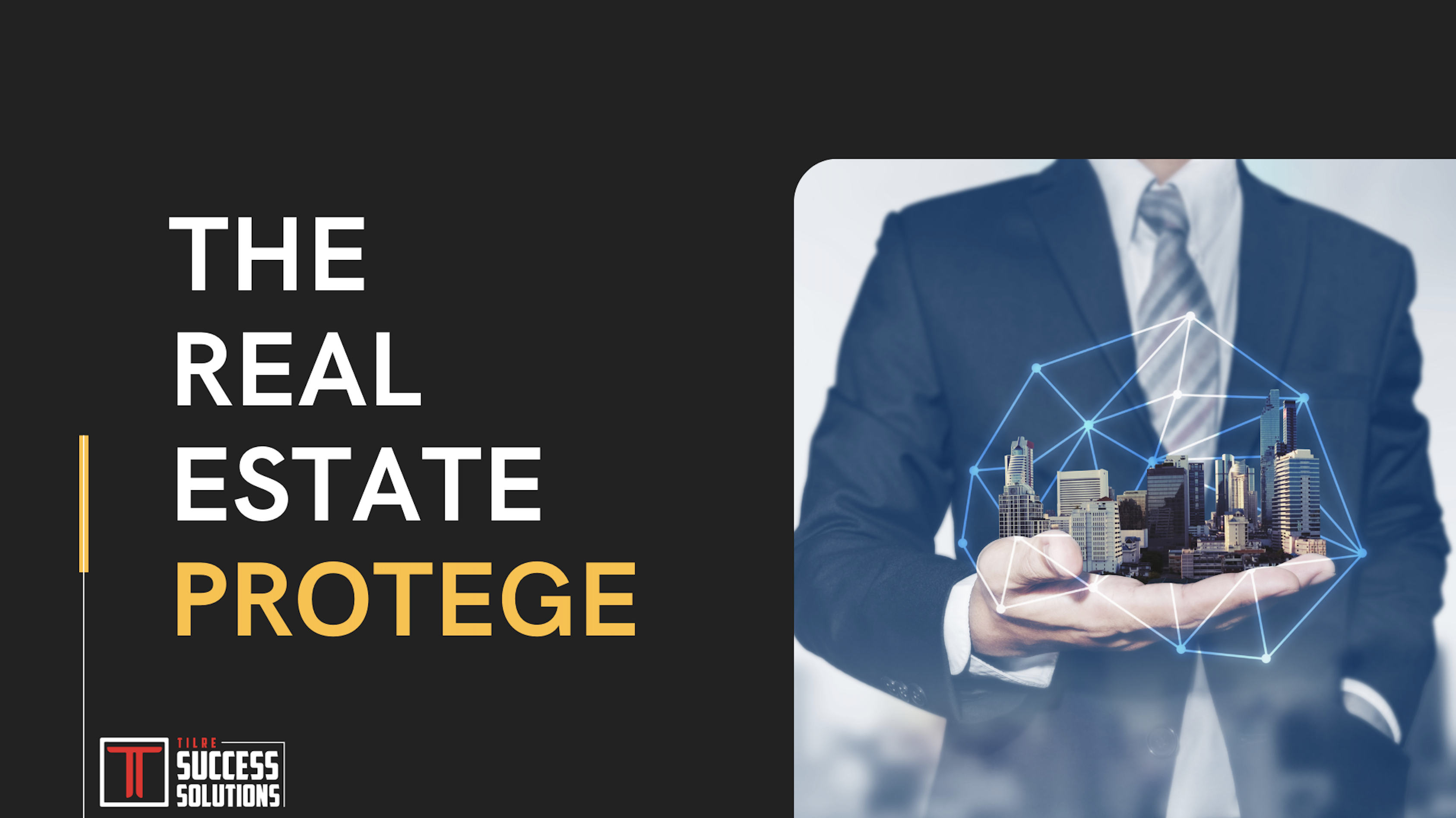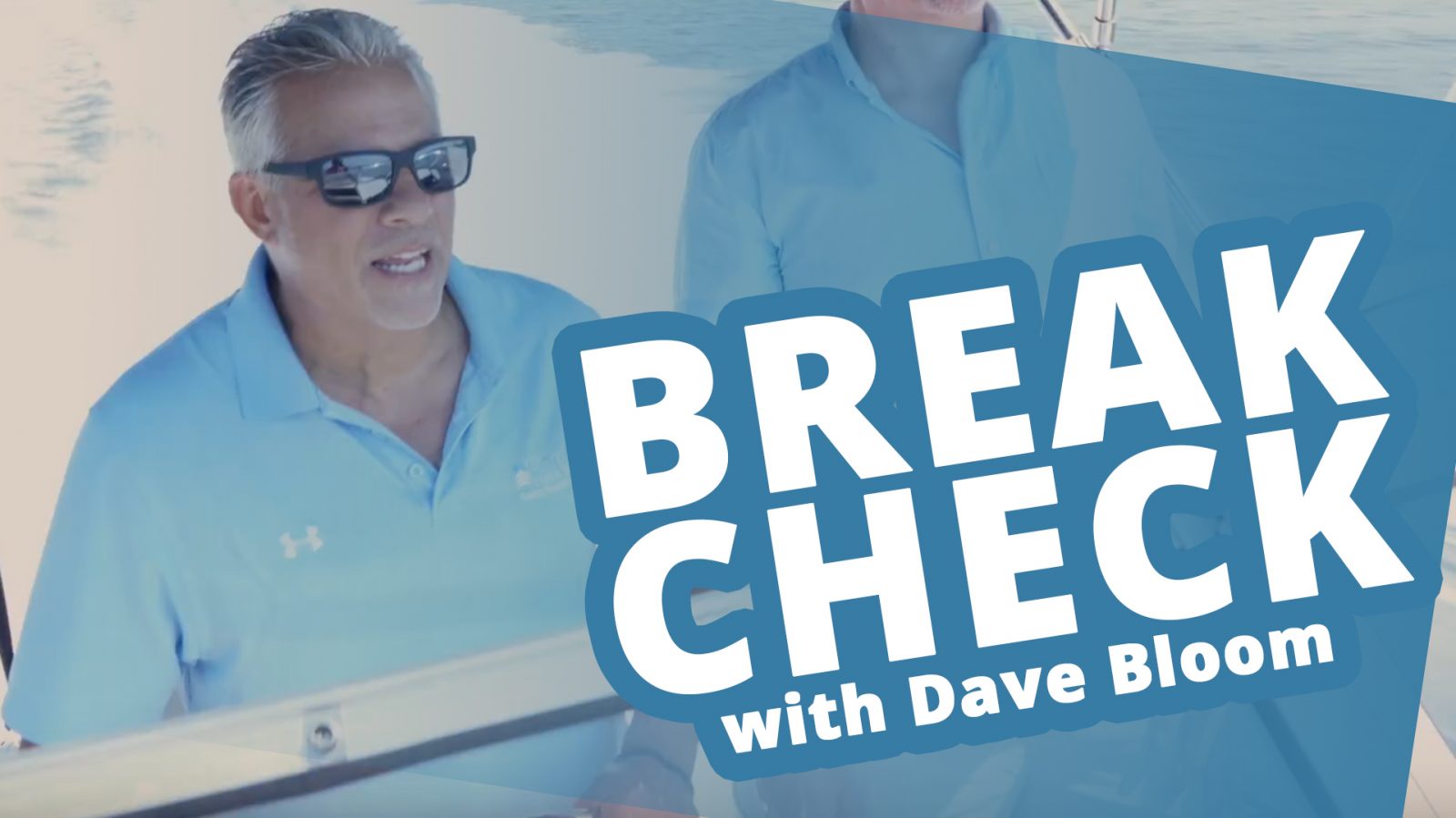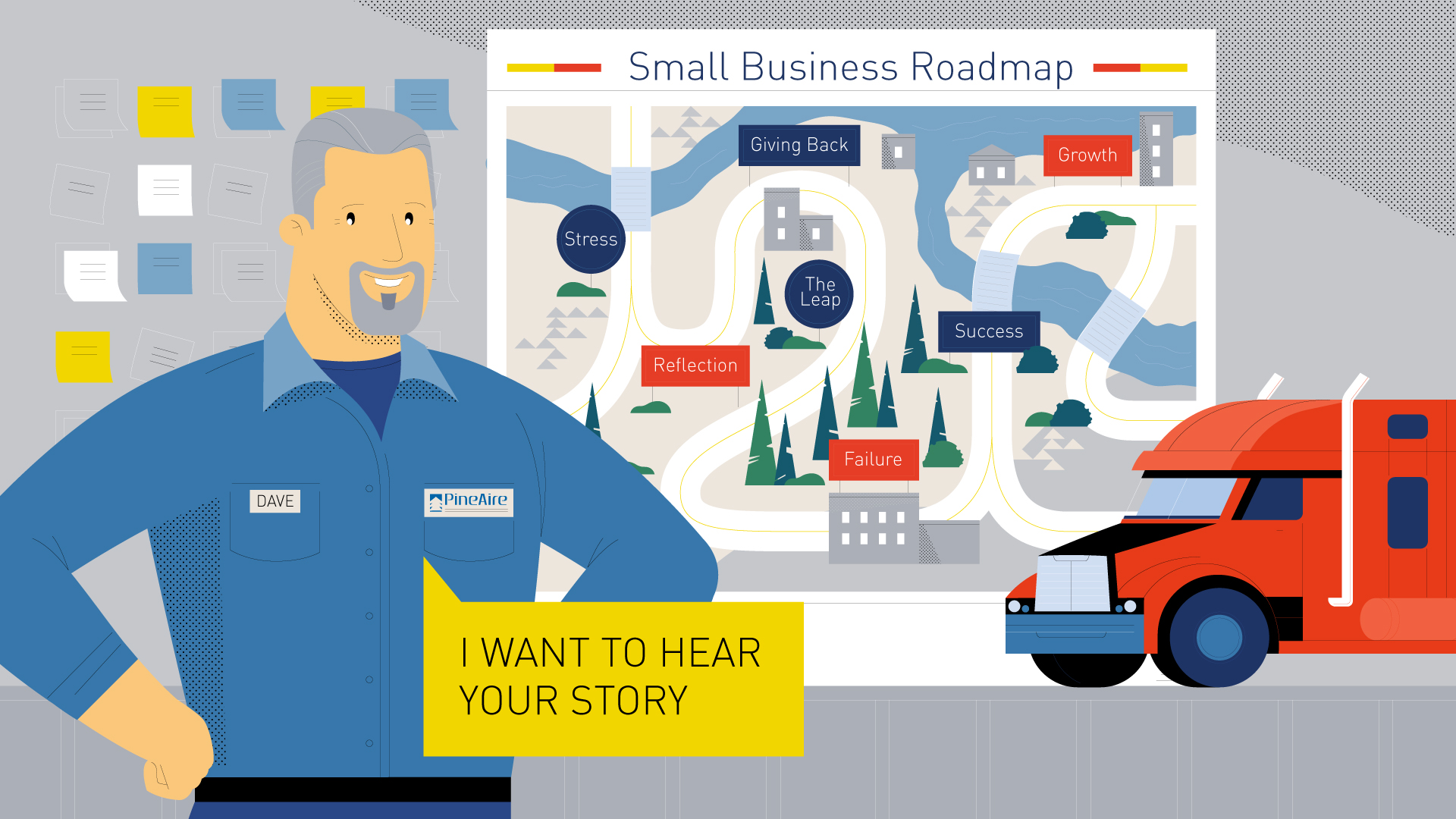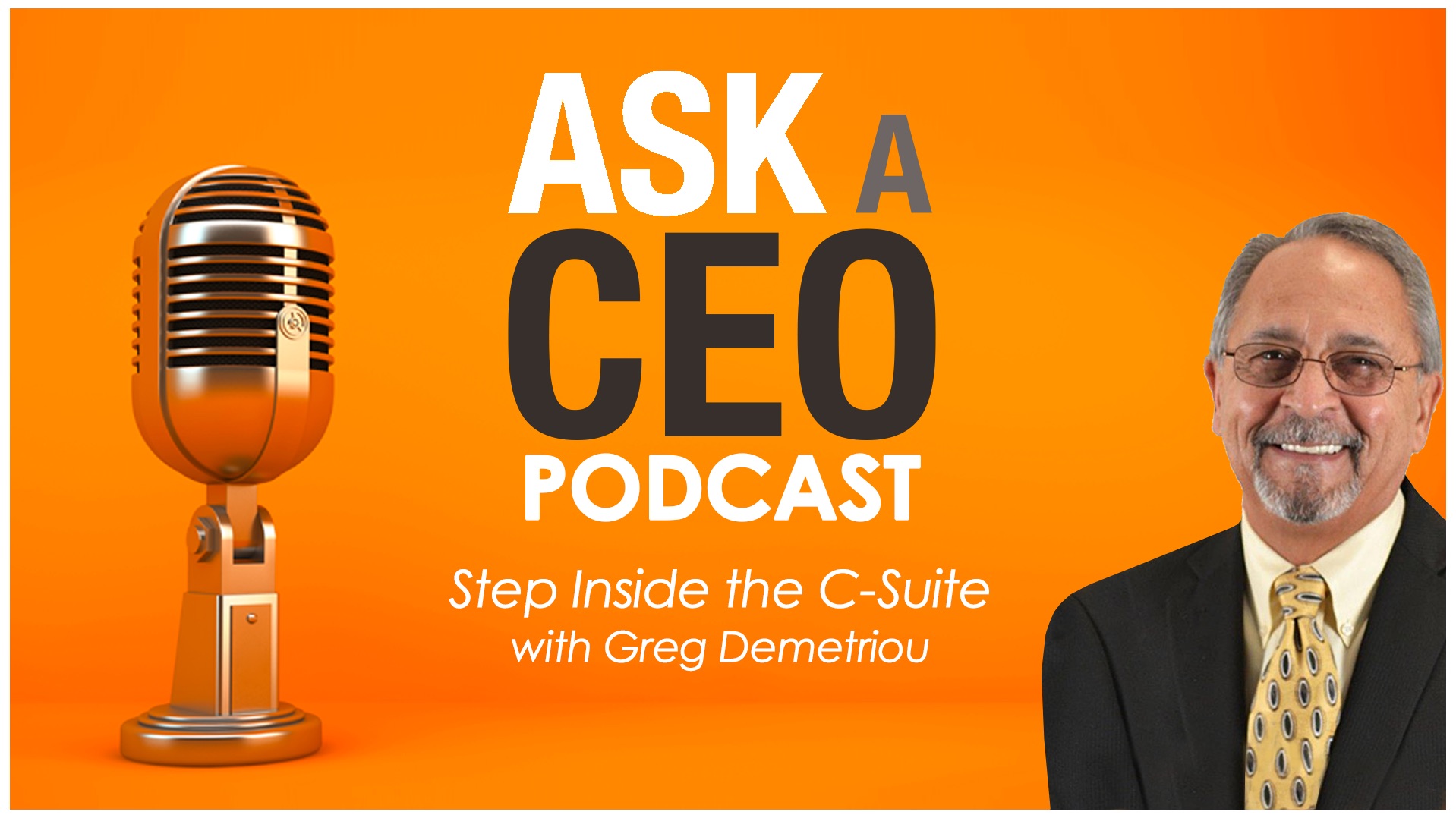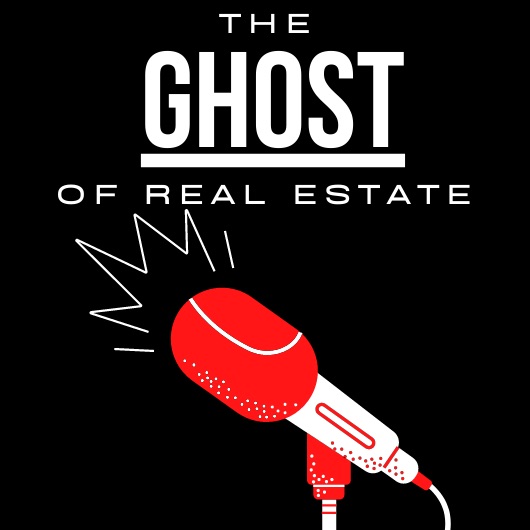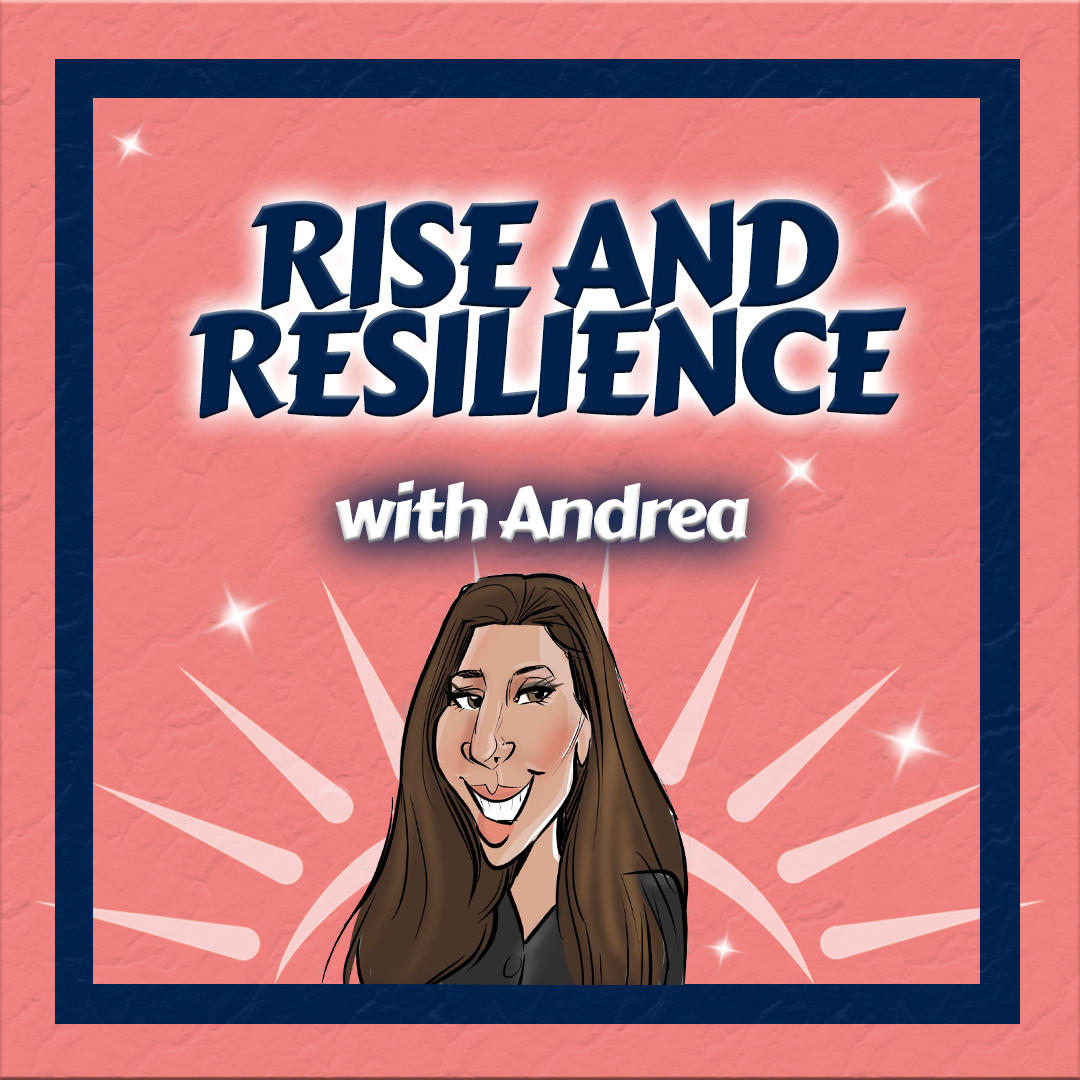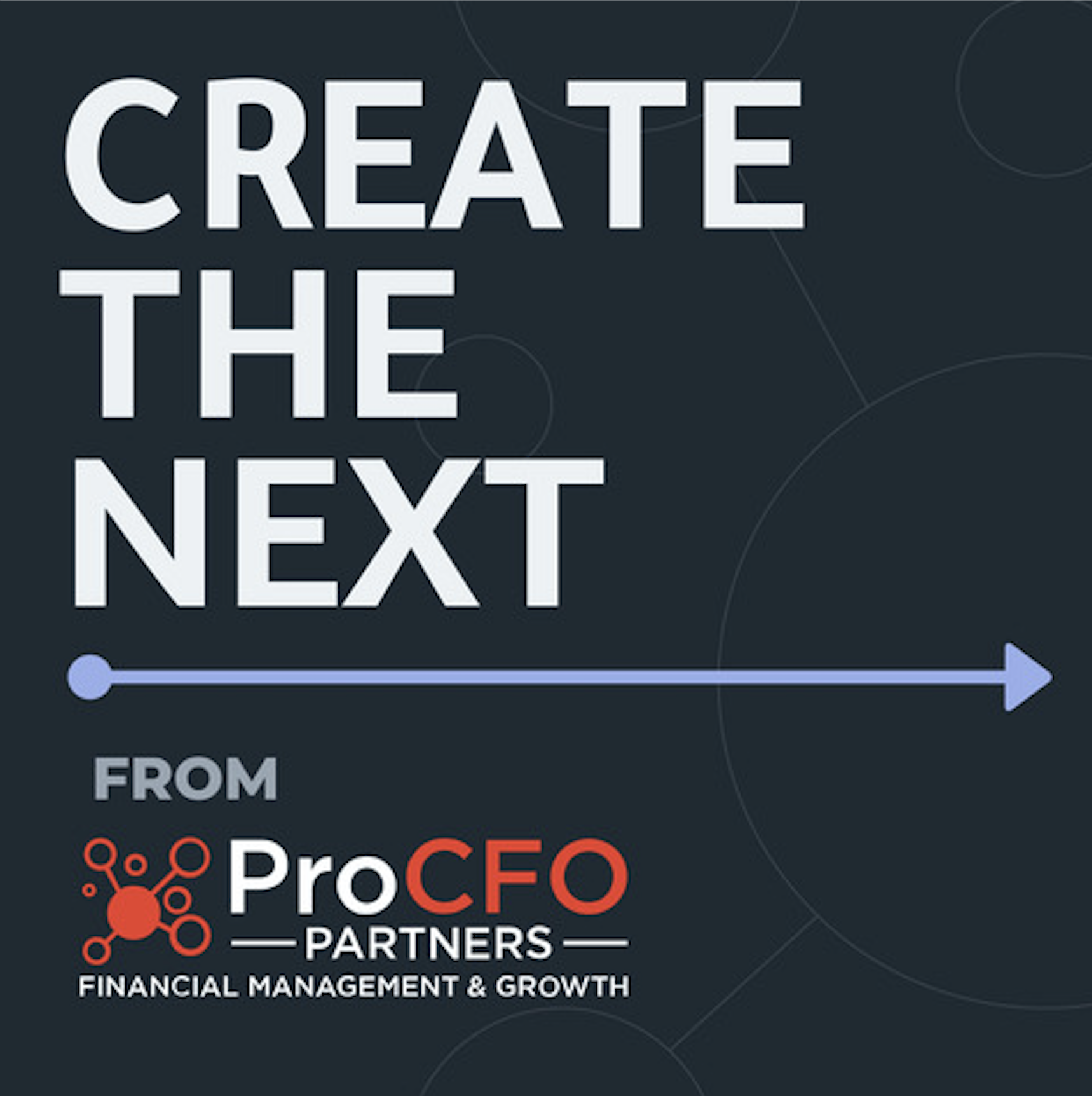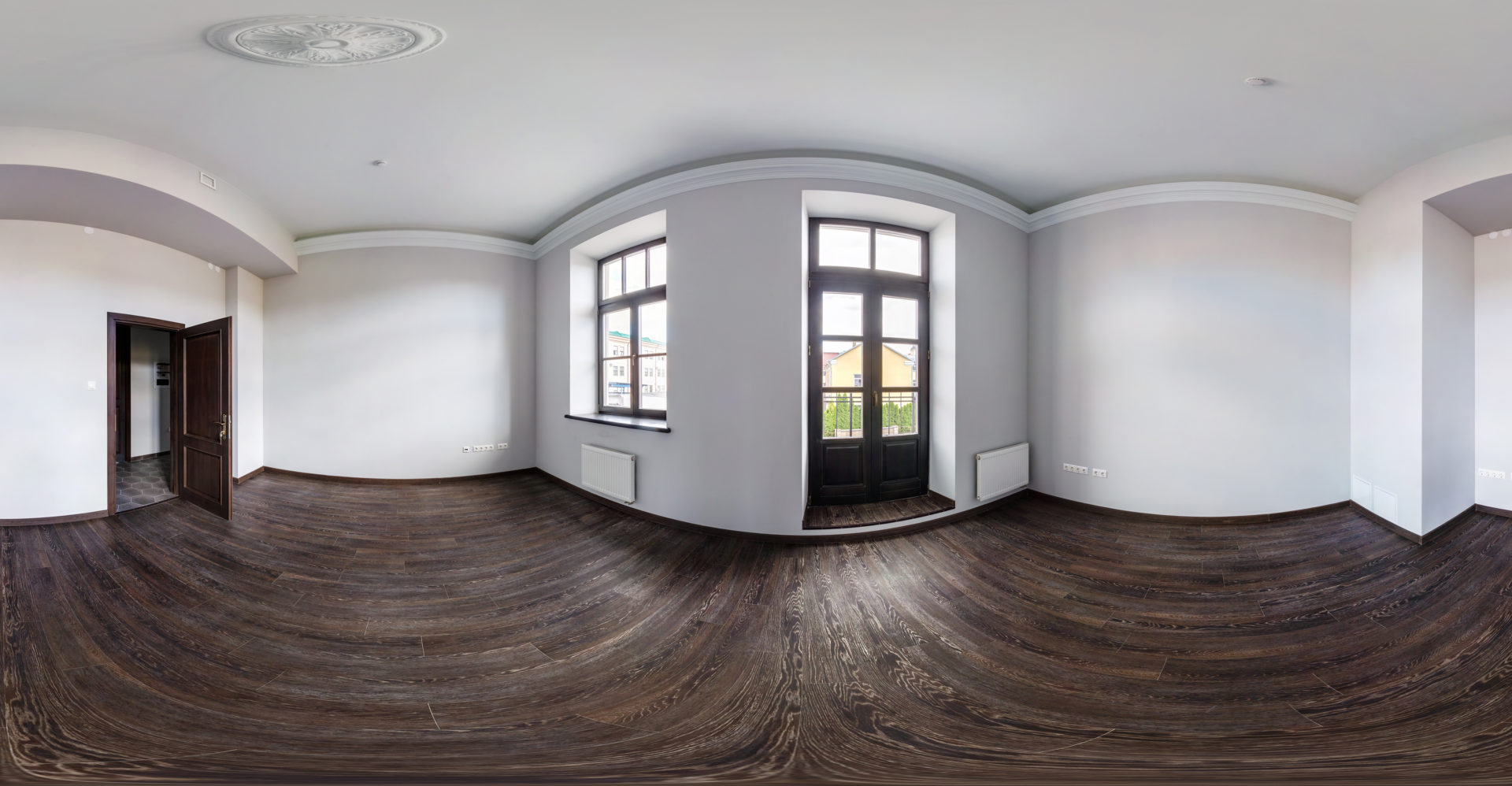
April 2020
4 Min Read
360° Video & The Real Estate Market
The sale of real estate properties post-COVID-19 has shifted from less of an in-person transaction to one that is driven by immersive digital technologies that attract and educate prospects.
First and foremost, social distancing is not something that will simply disappear. It is clear that its effects will linger and impact the way people do business in all industries moving forward.
Individuals will be less apt to go visit open houses, explore model homes and generally meet in person with realtors. However, the degree of face to face human interaction involved in real estate transactions will not be completely abandoned, but it will decline as people become much more cautious.
Instead, buyers will carefully research and explore properties before making a decision to go visit. As a result, technologies such as 360° tours and videos will offer the immersion necessary for individuals to explore properties without having to physically be present.
Benefits of 360° Tours
Attract/Educate:
– Virtual tours keep people on your website 5-10X longer.
– Real estate listings with a virtual home tour get 87% more views.
– Virtual tours help double interest in a business listing.
Conversion:
– Among 18-34-year-olds, prospects are 130% more likely to book based on a virtual tour.
– Return on investment for virtual imaging is estimated at less than four weeks.
With all of this being said, immersion into the property through a 360° tour will not be enough to usurp a physical visit, never mind a big-ticket purchasing decision. Immersion is the price of entry as buyers embark on their journey. It is what attracts them but there are several other variables that paint the full picture and compel the prospect to take the next steps towards renting or buying.
Instead of highlighting various ways to distribute content that gets people to see your 360°, we will focus on the variables that make a 360° a powerful tool in the real estate market, particularly in a post-COVI-19 world.
Enhanced Messaging:
Details that a realtor would normally explain to a buyer in person can now be communicated by a 360° tour that attracts, educates and moves a buyer closer to a purchasing decision.
Prospects want supporting details about a property that are easy to find on their desktop, iPad or mobile device. Below are examples of some of the supporting information that gives a prospect the full story about a property and as a result – a more seamless digital experience for the buyer.
- Detail about the property spaces including room dimensions, materials types of flooring, etc.
- Corresponding blueprints of the home and/or apartment complex.
- General information about the neighborhood such as public transportation, food, shopping, etc.
- Additional Videos and images of the spaces.
- The ability to share the property with friends, family, and colleagues through the click of a button.
At the end of the day, it is wise to paint a full picture of the world you are showcasing when presenting a 360° tour. This is possible through advancements in 360° technology that allow you to showcase a 360° tool and enhanced messaging in one compelling package
Integration with Google:
Another key facet of an effective 360° tour is the ability for itr to be found in places online where your potential prospects are already looking.
Tours can now be pushed directly to Google maps and Google street view. That way when prospects search on Google, they can easily view your uploaded tour on the most popular search engine in the world. In fact, a virtual tour can bolster Google’s organic search and map results by up to 16%.
With enhanced messaging and Google integrations, viewers can experience an immersive, educational and engaging 360° tour as an alternative to open houses. Ultimately, a viewing of the space will occur prior to the sale or rent of a property. However, 360° plays a crucial role in the various steps of attracting and educating that lead to the conversion.
The massive disruption in the real estate market as a result of COVID-19 is unparalleled. It is redefining the way that homes and apartments are being sold and rented. As a result, technologies such as 360° are no longer being looked at as supplemental assets in the selling and renting of real estate properties. They are now primed to move to the forefront as people are increasingly conscious about the implications of social interaction.







